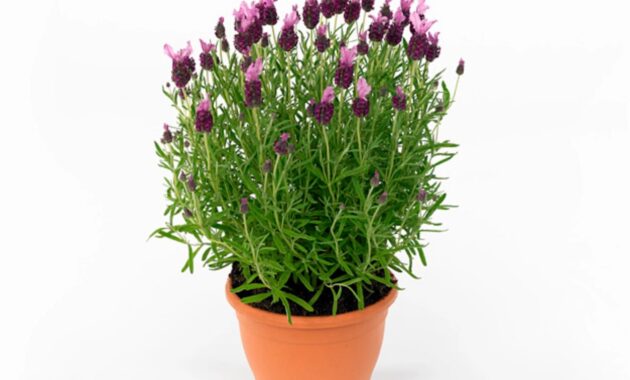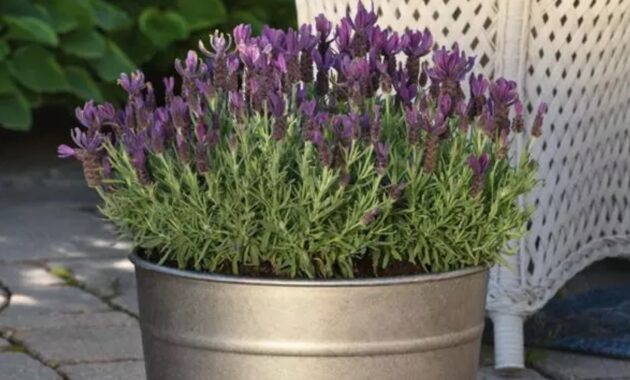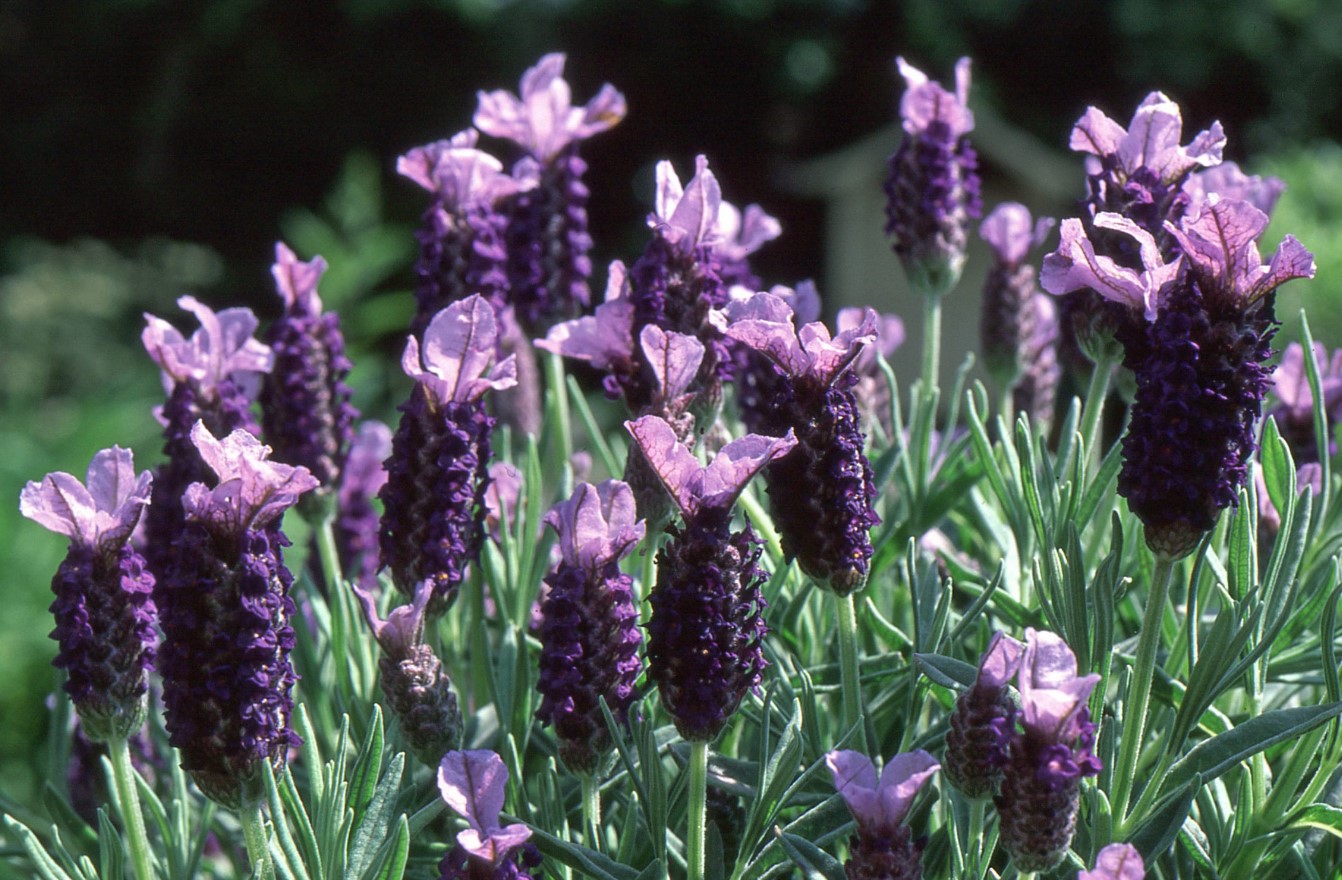
What is Lavandula stoechas?
Lavandula stoechas, commonly known as Spanish lavender, is a beautiful and fragrant herb that belongs to the Lamiaceae family. It’s native to the Mediterranean region and is prized for its unique, butterfly-shaped flowers and strong, sweet scent. Unlike English lavender, Spanish lavender is more tolerant of heat and humidity, making it a great choice for gardens in warmer climates.
Growing Lavandula stoechas
How to Grow Lavandula stoechas:
- Soil Requirements: Spanish lavender prefers well-draining soil with a neutral to slightly alkaline pH. A sandy or loamy soil mix is ideal.
- Light Needs: This plant thrives in full sun. It needs at least 6-8 hours of direct sunlight per day to bloom profusely.
- Watering Tips: Water your Spanish lavender regularly, especially during dry periods. However, avoid overwatering as it can lead to root rot. Let the top inch of soil dry out between waterings.
- Propagation: Spanish lavender can be propagated through seeds, cuttings, or division.
- Seeds: Sow seeds indoors in early spring.
- Cuttings: Take stem cuttings in late spring or early summer.
- Division: Divide mature plants in spring or fall.
Lavandula stoechas Indoor Care
While Spanish lavender is primarily an outdoor plant, it can be grown indoors in containers. Here are some tips for indoor care:
- Potting Mix: Use a well-draining potting mix.
- Sunlight: Place your plant in a sunny location, such as a south-facing window.
- Watering: Water moderately, allowing the soil to dry out slightly between waterings.
- Humidity: Maintain moderate humidity levels.
- Fertilizer: Fertilize your plant with a balanced liquid fertilizer every 2-3 weeks during the growing season.

Planting Lavandula stoechas Outdoors
When planting Spanish lavender outdoors, choose a sunny location with well-draining soil. Plant your lavender in the spring or fall, spacing the plants 18-24 inches apart.
Lavandula stoechas Pruning
Pruning your Spanish lavender regularly will encourage bushy growth and promote flowering. Prune your plant after it finishes blooming, removing about one-third of the plant’s height.
Lavandula stoechas Benefits
Spanish lavender offers a variety of benefits, including:
- Aromatic Properties: Its fragrant flowers can be used to make potpourri, sachets, and essential oils.
- Medicinal Uses: Lavender has been used for centuries to soothe anxiety, promote relaxation, and alleviate headaches.
- Culinary Uses: Lavender flowers can be used to flavor desserts, teas, and other dishes.
- Attracting Pollinators: Spanish lavender is a favorite of bees, butterflies, and other pollinators.
Uses of Lavandula stoechas
In addition to the benefits mentioned above, Spanish lavender can also be used to:
- Landscape Design: Create beautiful and fragrant borders, hedges, and rock gardens.
- Container Gardening: Grow in pots and planters on patios, balconies, and windowsills.
- Cut Flowers: Use the flowers to create stunning floral arrangements.

Lavandula stoechas vs. English Lavender
While Spanish and English lavender share some similarities, there are a few key differences:
- Appearance: Spanish lavender has distinctive butterfly-shaped flowers, while English lavender has more traditional spike-shaped flowers.
- Hardiness: Spanish lavender is more tolerant of heat and humidity than English lavender.
- Scent: Spanish lavender has a stronger, sweeter scent than English lavender.
Conclusion
Lavandula stoechas, or Spanish lavender, is a beautiful and versatile plant that can add fragrance and beauty to any garden. With proper care, this low-maintenance plant will thrive and reward you with its stunning flowers and delightful scent.
FAQs
- Can I eat Spanish lavender?
Yes, Spanish lavender flowers are edible and can be used to flavor desserts, teas, and other dishes. - How often should I fertilize my Spanish lavender?
Fertilize your Spanish lavender once a month during the growing season with a balanced liquid fertilizer. - Can I overwater my Spanish lavender?
Overwatering is a common mistake when caring for Spanish lavender. It’s better to underwater than overwater, as soggy soil can lead to root rot. - When is the best time to prune my Spanish lavender?
The best time to prune your Spanish lavender is after it finishes blooming.



